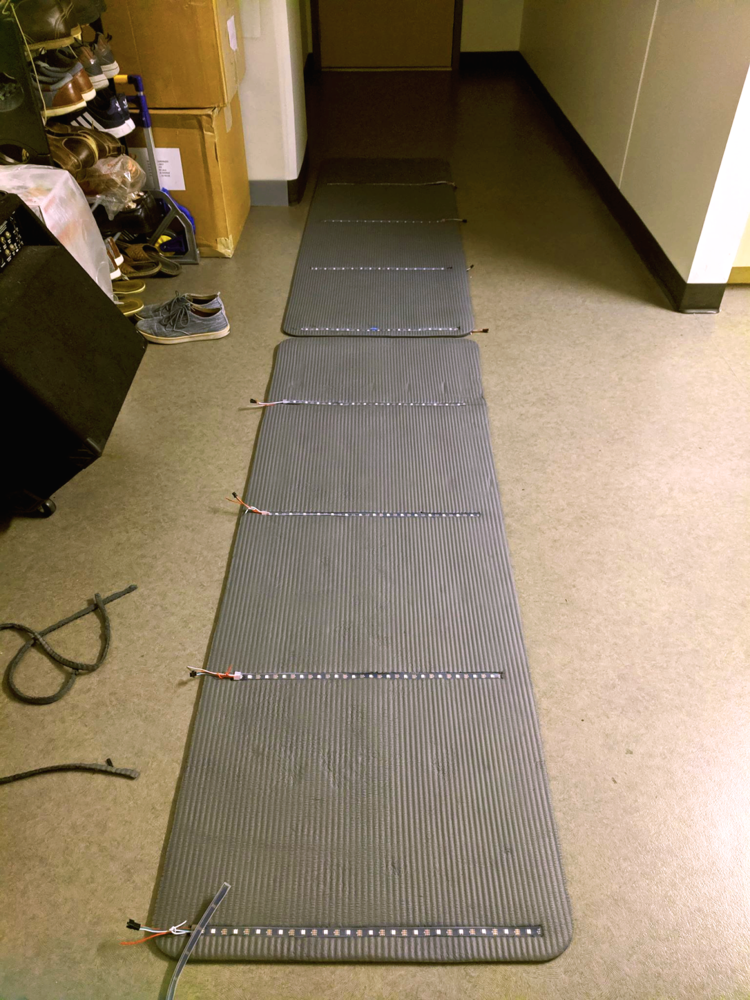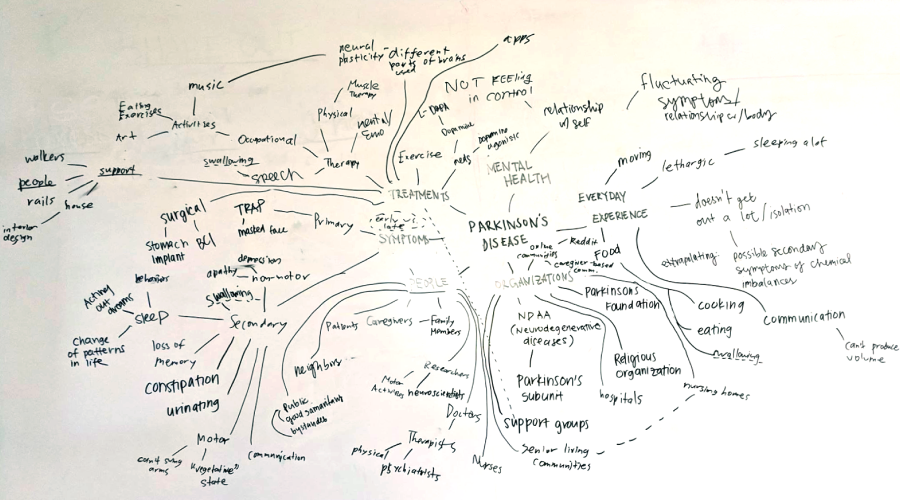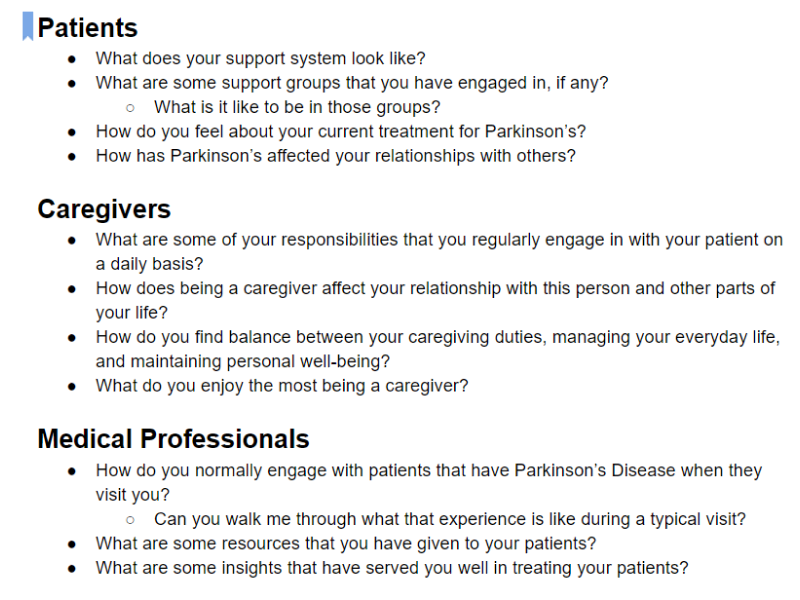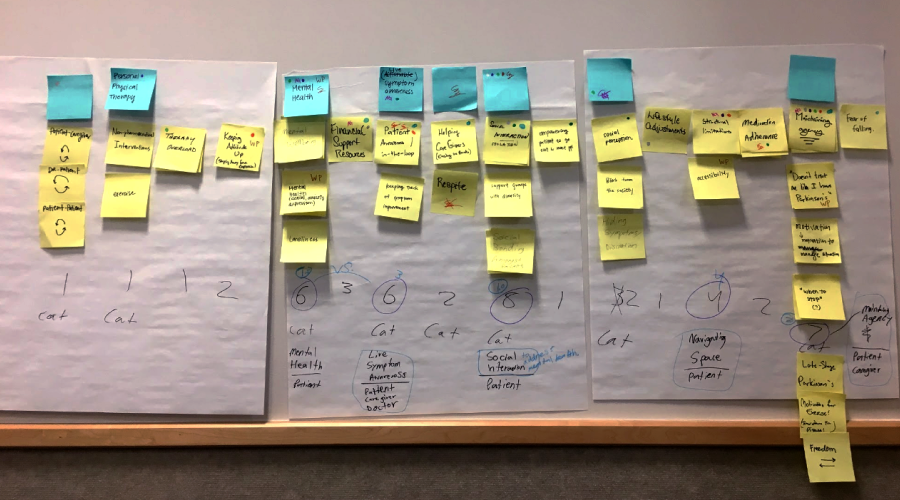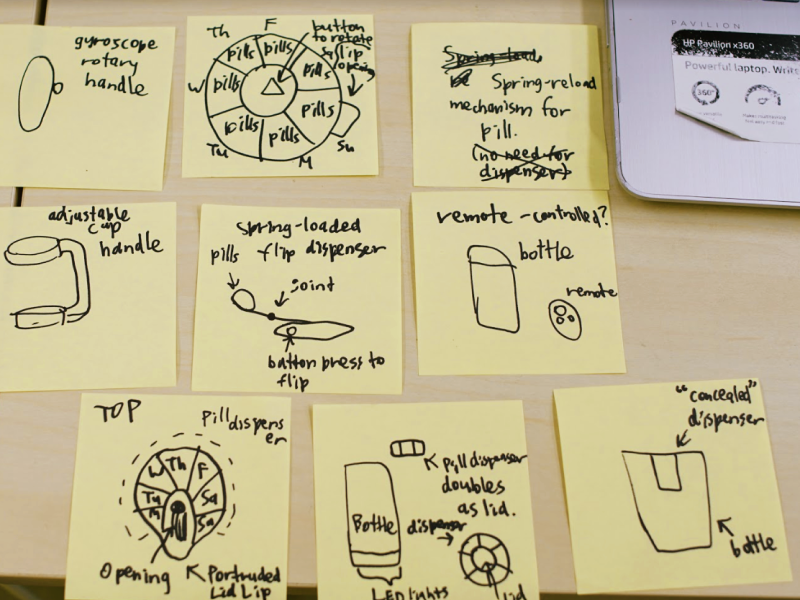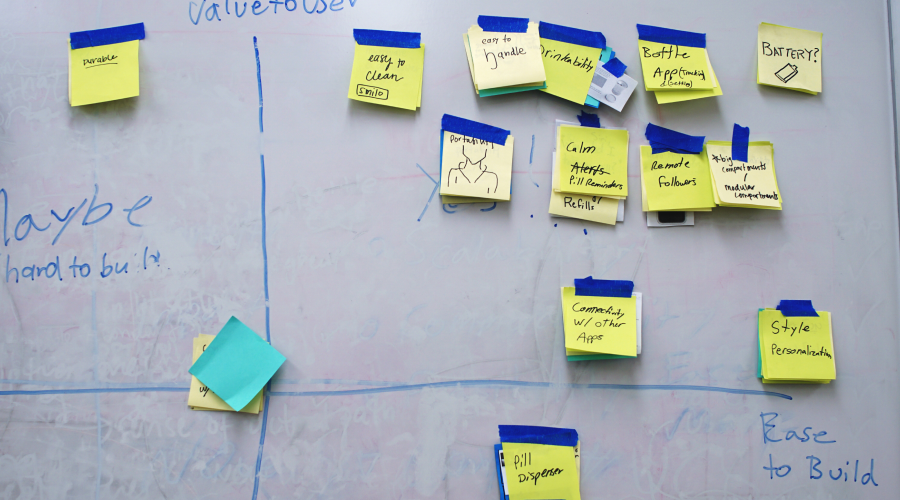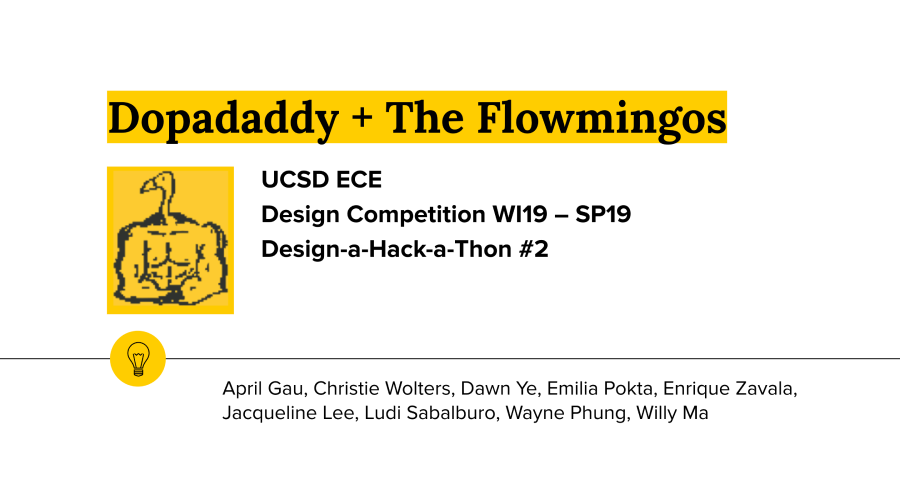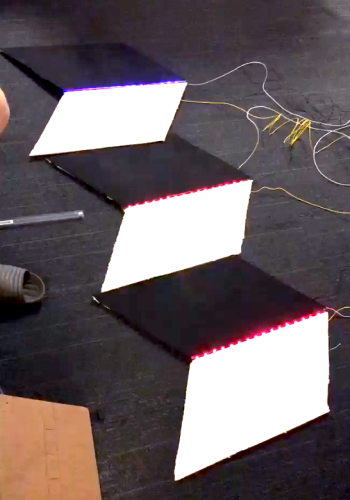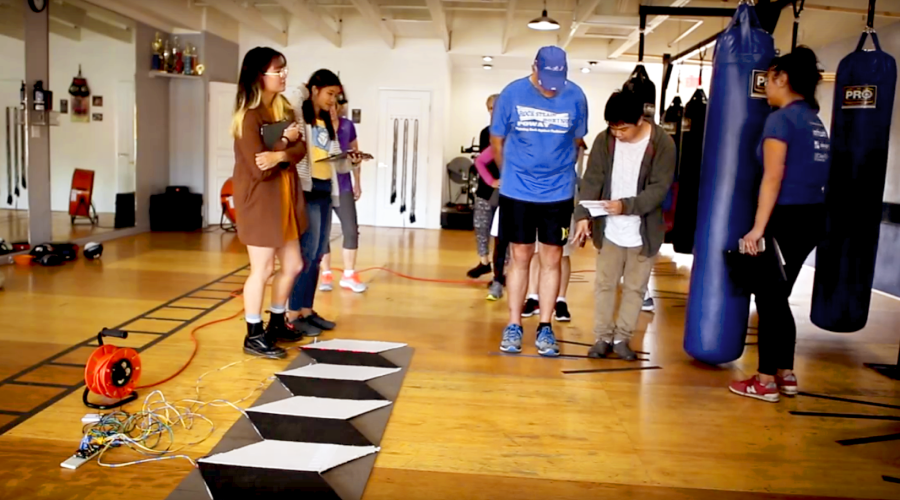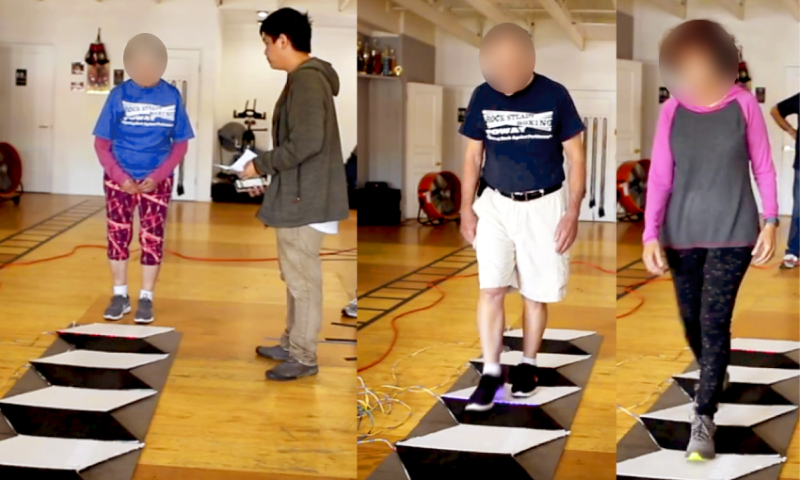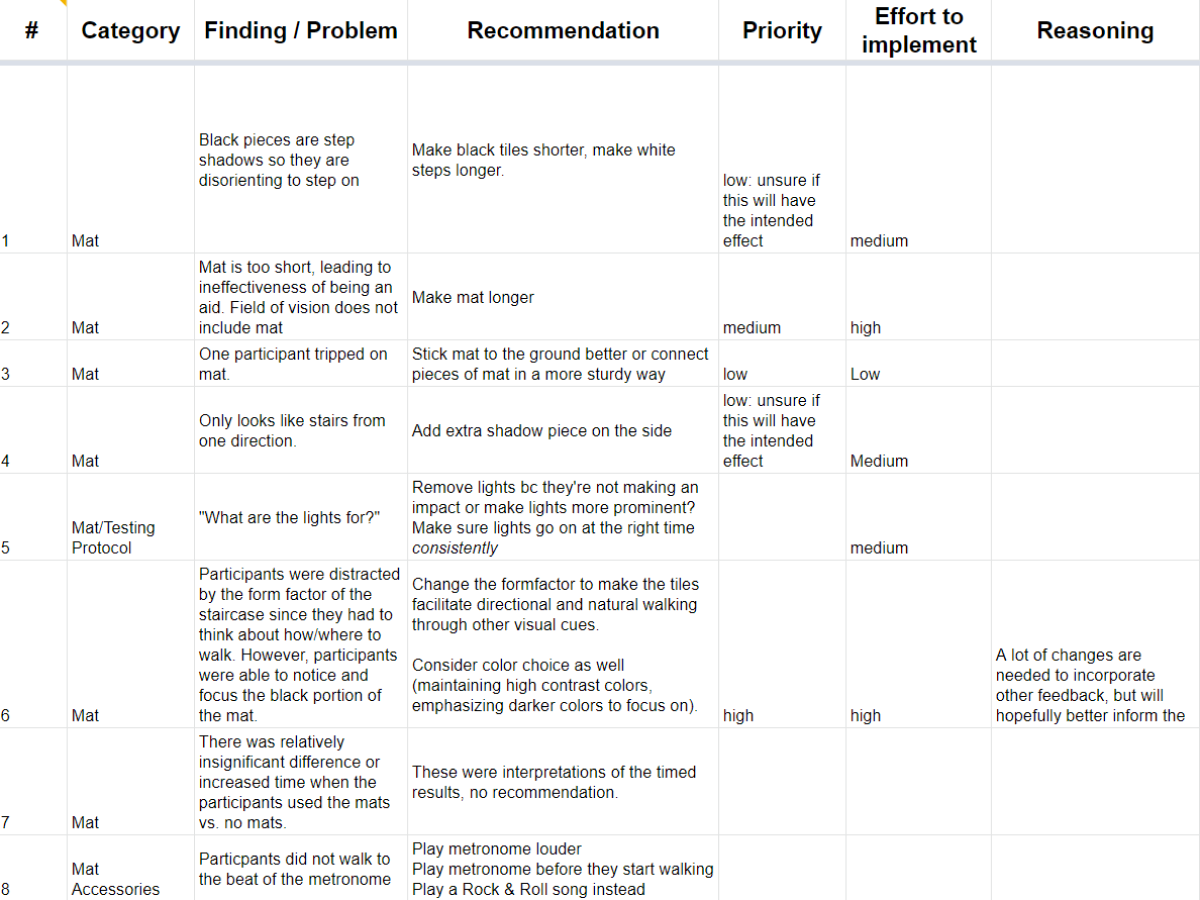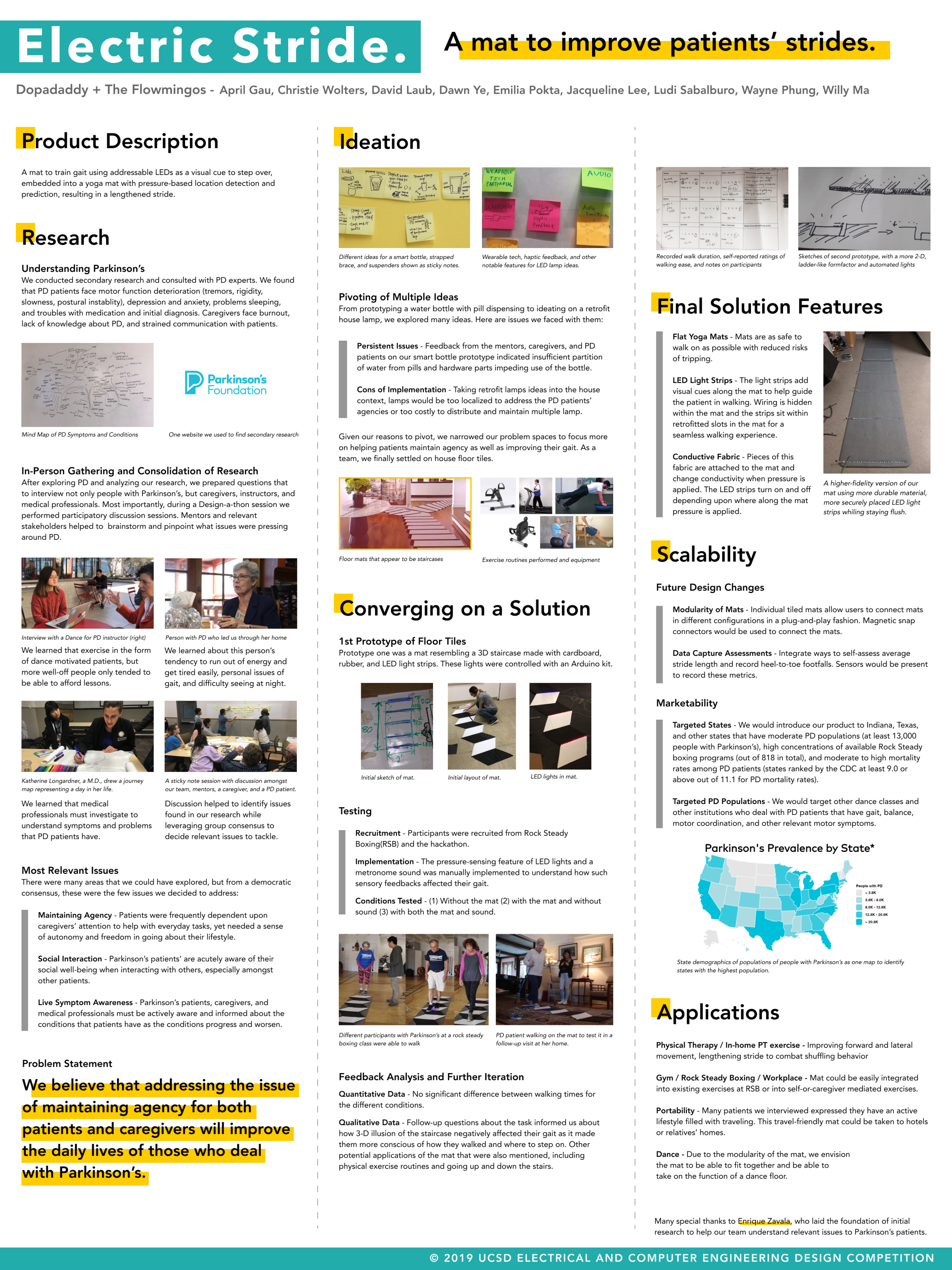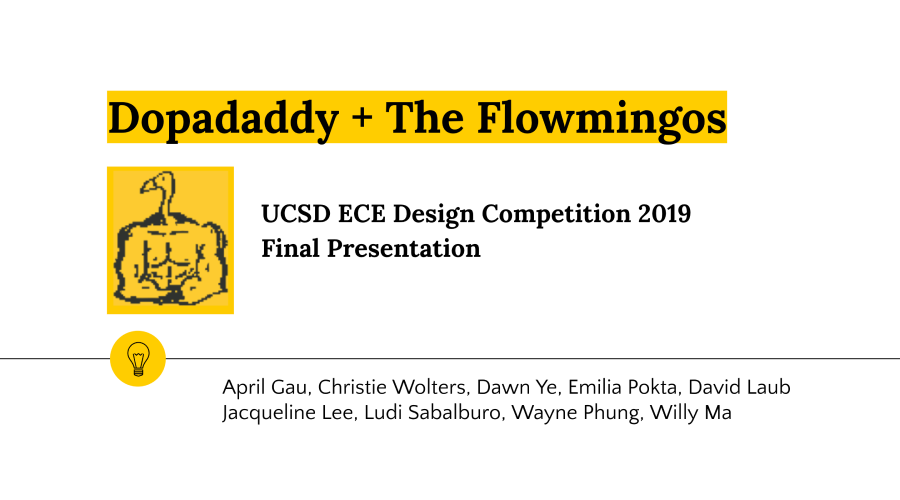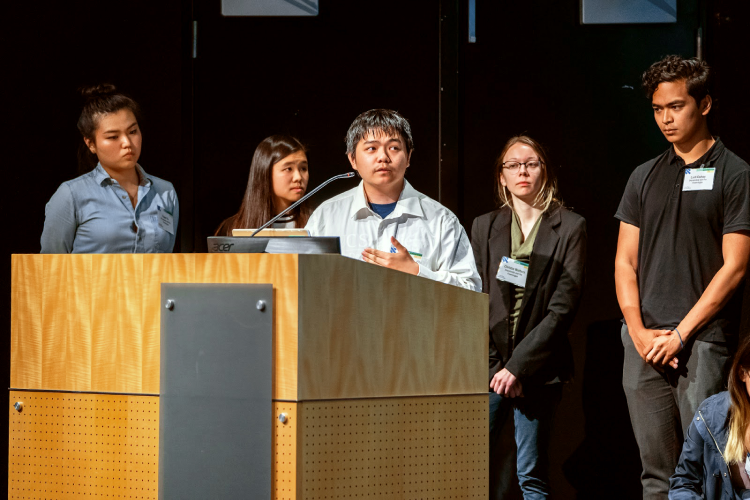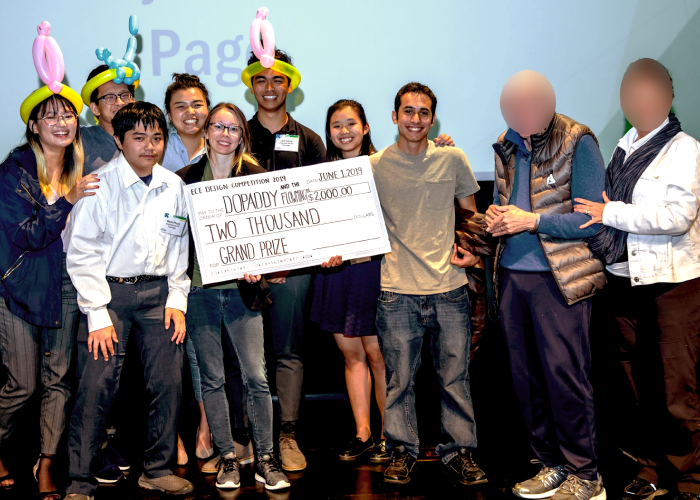Project Background
People with Parkinson's Disease of various stages have varied types of motor and non-motor symptoms that impact their lifestyles and how their caregivers attend to them.
Within the context of this extended Hack-a-thon competition, I worked in a student group of ten to find innovative ways to improve the quality of life for Parkinson's patients and caregivers.
I Interacted With...
Teammates
April Gau, Christie Wolters, David Laub, Dawn Ye, Emilia Pokta, Enrique Zavala, Jacqueline Lee, Ludi Sabalburo, Willy Ma
Event Supervisor and Coordinator
Chelsea Largoza
Competition Mentors from IBM
Damon Deaner and Karel Vredenburg
People Impacted By Parkinson's
Patients, Caregivers, and Domain Experts

